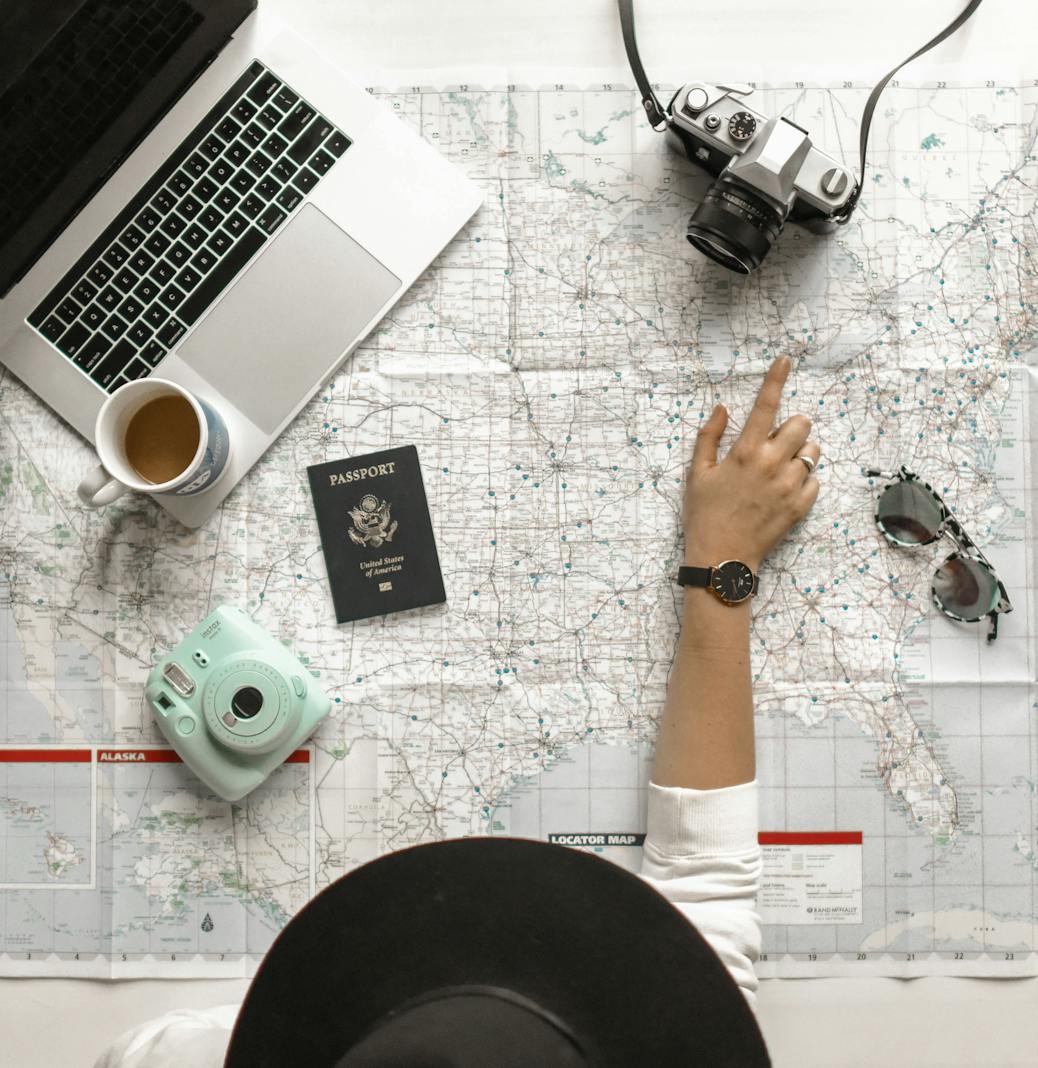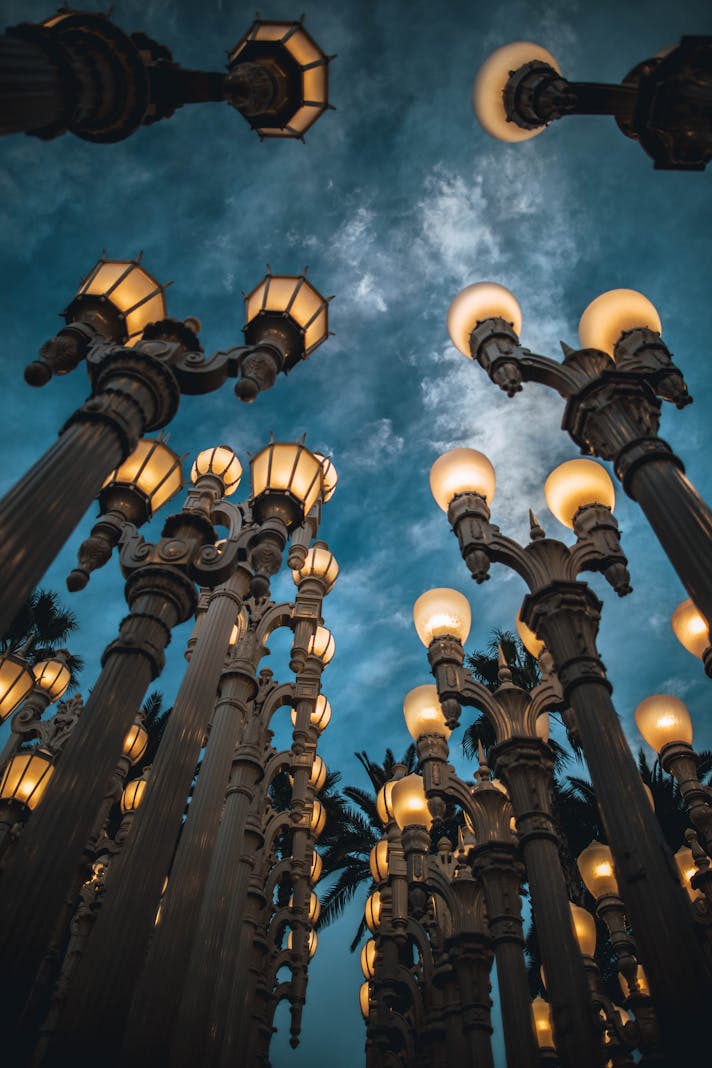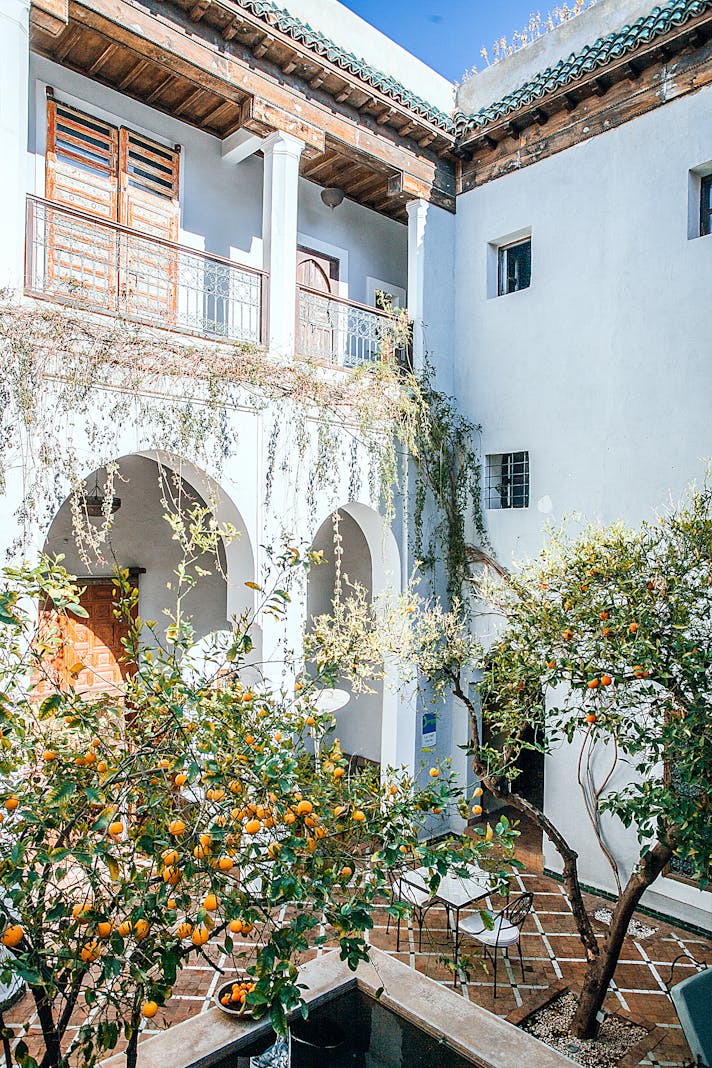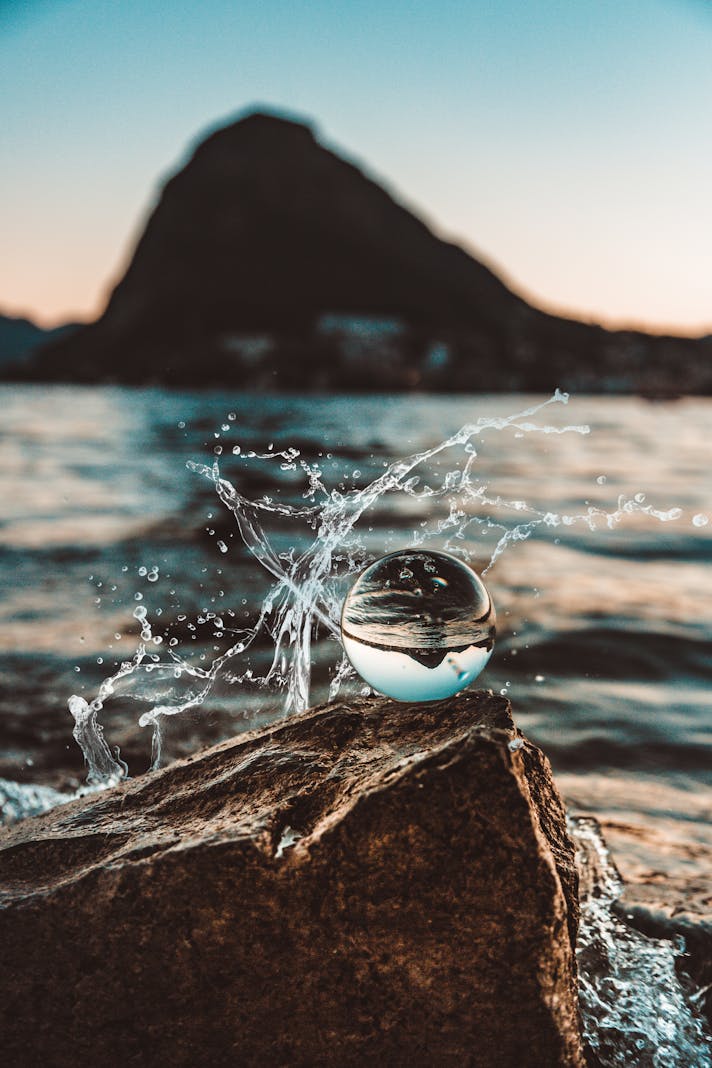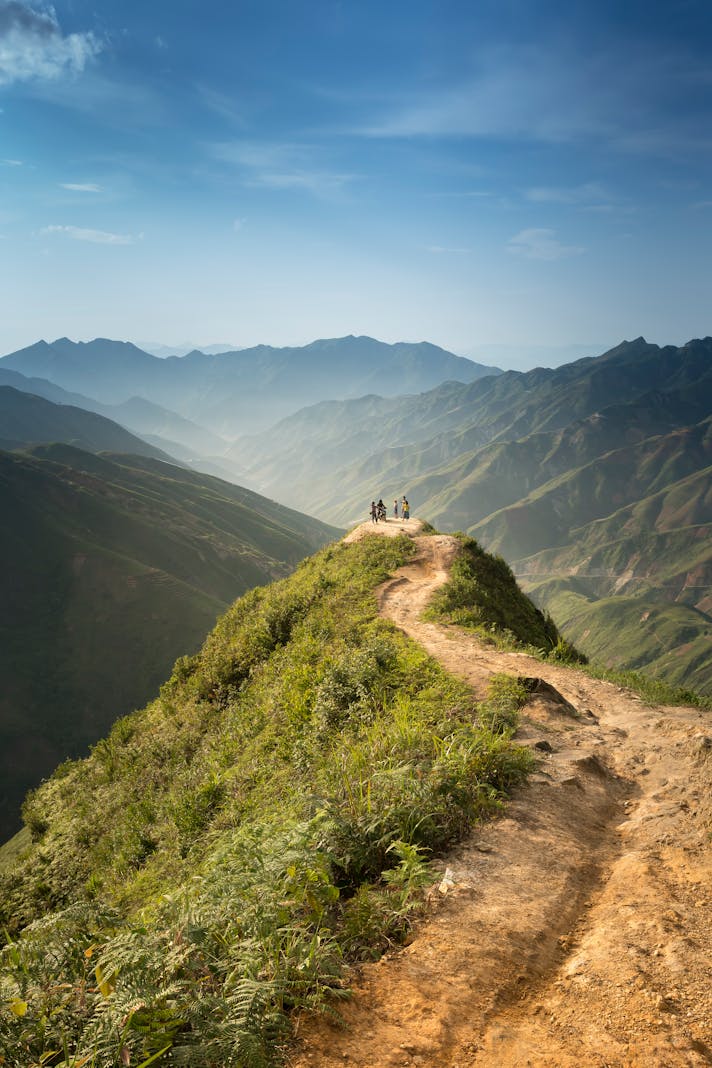Cachuma Lake

Visitors traveling to Santa Barbara County usually focus on the gemlike city, but there is a great deal more to this area. Cachuma Lake, located on Highway 154, begs for visits from those wanting to enjoy the outdoors without too much deprivation. Located midway between Santa Barbara and the city of Solvang; a Santa Barbara County Park, it’s a fun place to camp any time of the year.
Many ‘lakes’ in California are artificial, and Cachuma is no exception. It was created in 1953, when concern over drinking water for the Central Coast of California led to the erection of Bradbury Dam. Originally, the reservoir was established as a place where human body contact was not allowed, but that restriction has since been relaxed, and the lake is now a popular place for many water sports. In addition, it is a nice home base for those who wish to hike the backcountry.
Accommodations at Cachuma include one or two bedroom cabins, yurts, and tent sites. Even those sleeping on the ground aren’t far from the luxuries of civilization: Cachuma camping boasts flush toilets, coin-operated hot showers, a grocery store, and a laundromat. The sites themselves are beautiful, with native oak trees for shade, picnic tables for meals, and views of the lake. There are RV sites with full and partial hookups.
Cachuma is a wonderful place for families seeking a soft entry for young children on their first camping trip. The recreation area further caters to youngsters with playgrounds, a summer pool with lifeguards, picnic areas, and a nature center. The five hiking trails within the park range from half a mile to four miles. There is a fee for dogs, and they must remain leashed.
Boats can be rented at the lake, which is stocked with trout and bass. Fishing licenses are available on the premises, as are bait and tackle. Kayaks are also allowed at Cachuma, but because the lake is a drinking water reservoir, there is no swimming. A “junior ranger” program, which allows children to learn about the wilderness, is available on Saturdays. In addition, naturalists offer two-hour guided lake cruises which view a number of different birds and wildlife; these cruises are offered at set times but visitors can also arrange customized itineraries for fifteen people or more.
Cachuma Lake is adjacent to the Los Padres National Forest, which means that there is much more hiking just outside the park. The Tequepis trailhead is one and a quarter miles from Cachuma; farther south, there are other trails that range from short nature paths to behemoths of fourteen miles or longer. Note that an Adventure Pass is needed to park in this area
Because the campground is so close to Solvang, a short excursion for Danish treats can be part of a lovely weekend. Those who enjoy sleeping but not cooking rough can stock up on deli supplies, pastries, and bottled drinks; a visit to the nearby Santa Ines Mission is also appropriate for those studying the California missions in elementary school.
Of course, the best part of camping is after dark, when folks sit around campfires singing songs and telling stories. Campsites have firepits, but bring guitars, ghost stories, marshmallows, and perhaps s’mores supplies! Looking up at the starry night sky through the branches of oak trees, allowing the movement of lake water to lull one to sleep, it’s hard to believe that such beauty is so close to civilization.
Highway 154, otherwise known as San Marcos Pass, intersects the 101 freeway in two places. From the north, exit the 101 in Los Olivos; from the south, there is a freeway-style interchange just north of downtown Santa Barbara. The campground is open all year round; reservations may be made six months in advance.
Reservations can be made at Reservations@sbparks.org
Many ‘lakes’ in California are artificial, and Cachuma is no exception. It was created in 1953, when concern over drinking water for the Central Coast of California led to the erection of Bradbury Dam. Originally, the reservoir was established as a place where human body contact was not allowed, but that restriction has since been relaxed, and the lake is now a popular place for many water sports. In addition, it is a nice home base for those who wish to hike the backcountry.
Accommodations at Cachuma include one or two bedroom cabins, yurts, and tent sites. Even those sleeping on the ground aren’t far from the luxuries of civilization: Cachuma camping boasts flush toilets, coin-operated hot showers, a grocery store, and a laundromat. The sites themselves are beautiful, with native oak trees for shade, picnic tables for meals, and views of the lake. There are RV sites with full and partial hookups.
Cachuma is a wonderful place for families seeking a soft entry for young children on their first camping trip. The recreation area further caters to youngsters with playgrounds, a summer pool with lifeguards, picnic areas, and a nature center. The five hiking trails within the park range from half a mile to four miles. There is a fee for dogs, and they must remain leashed.
Boats can be rented at the lake, which is stocked with trout and bass. Fishing licenses are available on the premises, as are bait and tackle. Kayaks are also allowed at Cachuma, but because the lake is a drinking water reservoir, there is no swimming. A “junior ranger” program, which allows children to learn about the wilderness, is available on Saturdays. In addition, naturalists offer two-hour guided lake cruises which view a number of different birds and wildlife; these cruises are offered at set times but visitors can also arrange customized itineraries for fifteen people or more.
Cachuma Lake is adjacent to the Los Padres National Forest, which means that there is much more hiking just outside the park. The Tequepis trailhead is one and a quarter miles from Cachuma; farther south, there are other trails that range from short nature paths to behemoths of fourteen miles or longer. Note that an Adventure Pass is needed to park in this area
Because the campground is so close to Solvang, a short excursion for Danish treats can be part of a lovely weekend. Those who enjoy sleeping but not cooking rough can stock up on deli supplies, pastries, and bottled drinks; a visit to the nearby Santa Ines Mission is also appropriate for those studying the California missions in elementary school.
Of course, the best part of camping is after dark, when folks sit around campfires singing songs and telling stories. Campsites have firepits, but bring guitars, ghost stories, marshmallows, and perhaps s’mores supplies! Looking up at the starry night sky through the branches of oak trees, allowing the movement of lake water to lull one to sleep, it’s hard to believe that such beauty is so close to civilization.
Highway 154, otherwise known as San Marcos Pass, intersects the 101 freeway in two places. From the north, exit the 101 in Los Olivos; from the south, there is a freeway-style interchange just north of downtown Santa Barbara. The campground is open all year round; reservations may be made six months in advance.
Reservations can be made at Reservations@sbparks.org
You Should Also Read:
Solvang and the Santa Ynez Valley

Related Articles
Editor's Picks Articles
Top Ten Articles
Previous Features
Site Map
Content copyright © 2023 by Korie Beth Brown, Ph.D. . All rights reserved.
This content was written by Korie Beth Brown, Ph.D. . If you wish to use this content in any manner, you need written permission. Contact Korie Beth Brown, Ph.D. for details.



